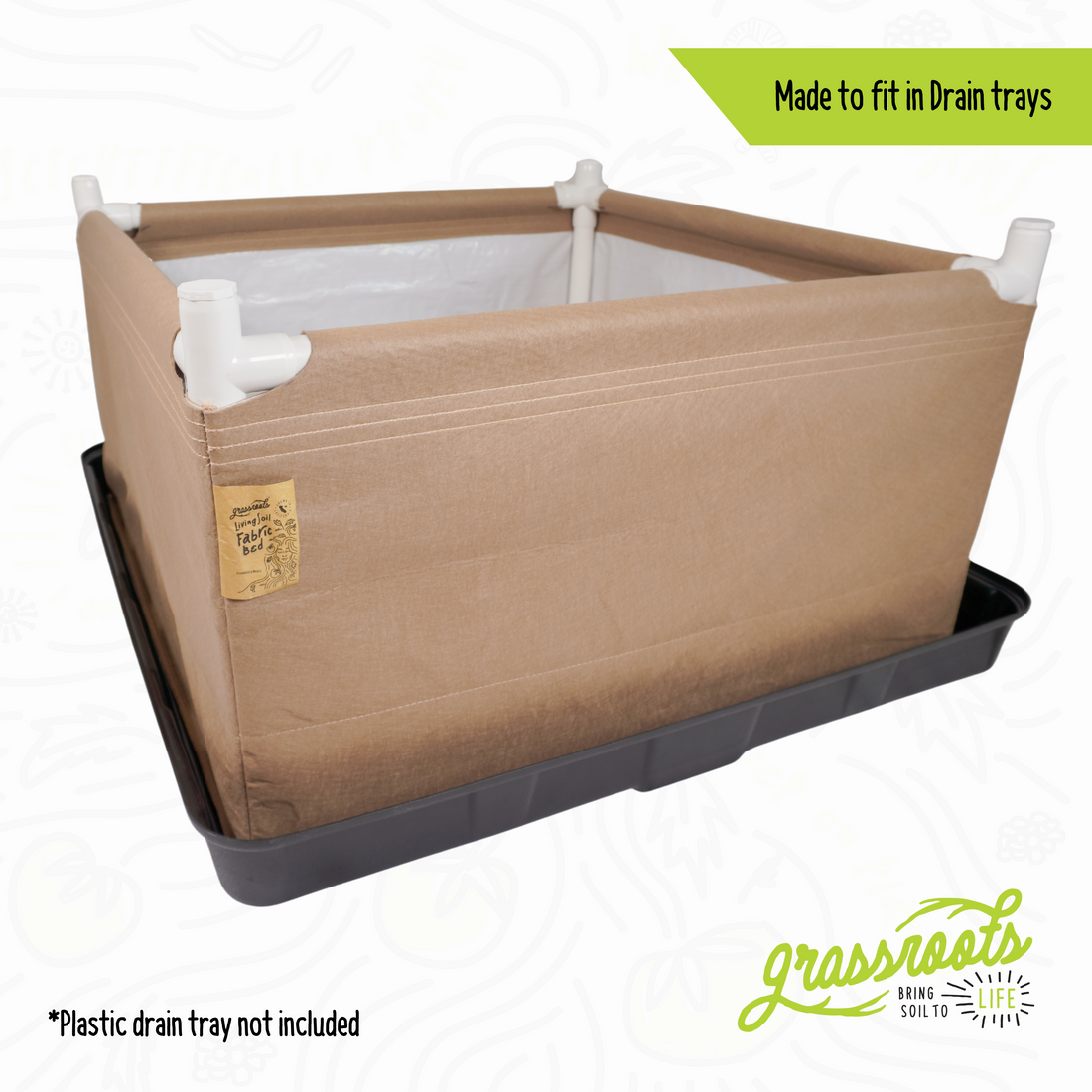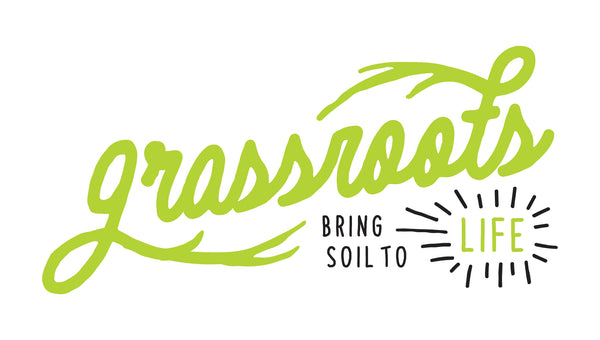
What to Put Your Fabric Bed On
Share
Successful growing in fabric pots and beds happens when drainage is encouraged at all points. To encourage drainage, it is best to keep your fabric pot or fabric bed on a permeable surface like grass, decomposed granite, or pebbles. If your growing site has a solid surface like concrete, we recommend placing your fabric beds on plastic drain trays.
Ensuring Adequate Soil Moisture
When growing with the living soil approach, it’s important to not overwater. This is the most common mistake for new living soil growers. It is good to have a few drops of water coming off the bottom or lower side walls of the fabric bed. Depending on your soil masses or mixture of soil media, you may need to use a soil moisture probe or monitor to manage the soil moisture. We suggest using a blumat irrigation system in conjunction with a tensiometer soil moisture meter. This can be done on a gravity-fed revisor or pump system for larger set ups. Other options include a multiple zone irrigation system leading to manifolds for drip lines. Drip lines or emitters should be six to 12 inches apart in length and width.
Encouraging Drainage in Plastic Trays
When using a plastic drain tray, we highly suggest filling the bottom with pumice rock or Hydroton clay balls. This will allow any excess water to leave the fabric bed and exit the drain tray, or simply dry out due to low amounts of run-off.

Instead of pumice or Hydroton clay balls, some customers have also had success with plastic snap tiles, commonly used around kitchens, pools, and garages. This is another great option to allow the highest level of air flow below the bed and provides ideal protection against anaerobic conditions.
To purchase drain trays for your fabric raised bed, talk to your local garden supply retailer.
